Part 1: Illusion of Victory
Over the placid eastern Mediterranean, the flight path of an El Al Boeing 787 suddenly cleaved hard to the north. In the predawn hours, flight trackers illuminated a sky of choreographed avoidance, a quiet, digital tremor from a seismic event announced hours earlier from the White House.
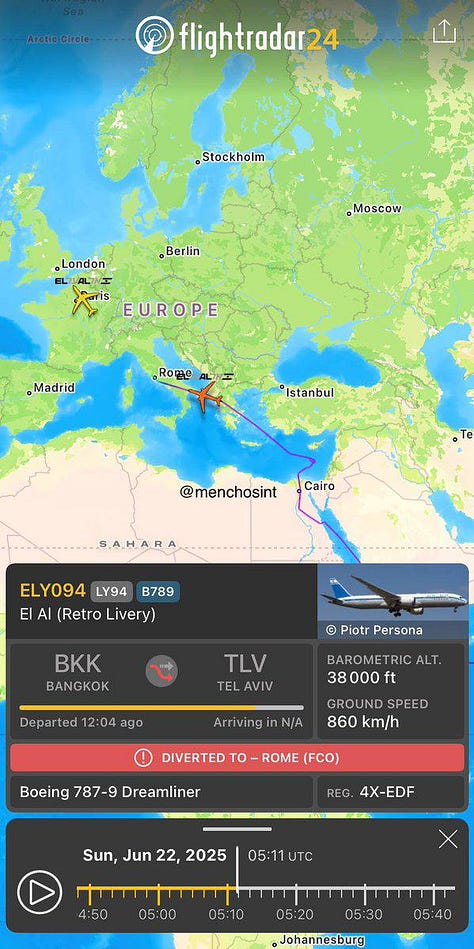
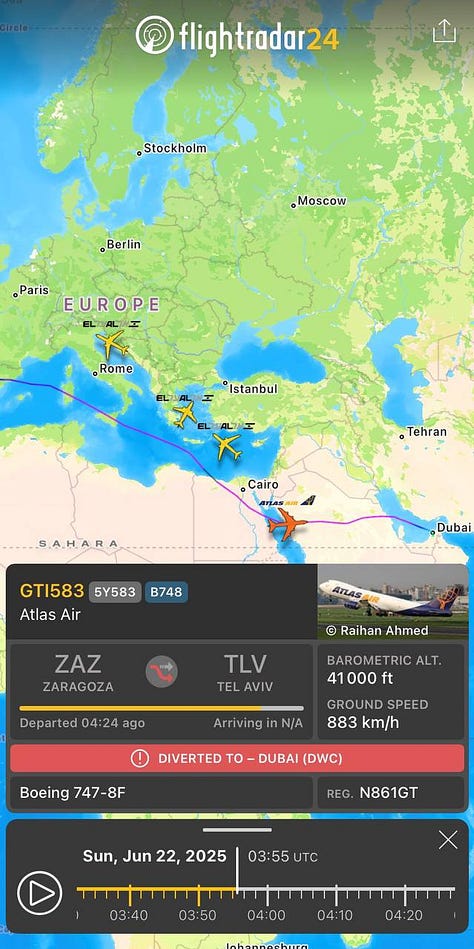
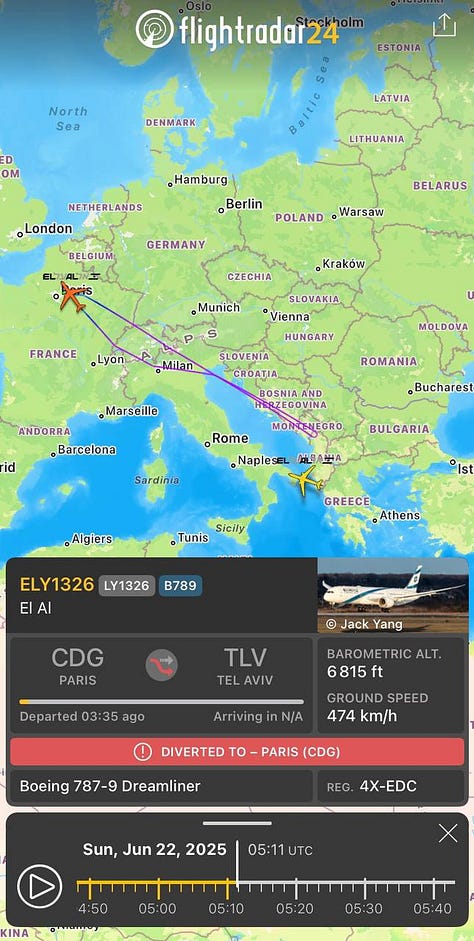
At 7:30 AM local time in Tel Aviv, President Trump addressed the world from the Oval Office, flanked by defense officials. The message was unambiguous: America’s most advanced bunker-busting weapons had successfully “destroyed Iran’s nuclear enrichment capabilities at the Fordow facility.” The operation, he declared, was a “complete success” that had “eliminated a grave threat to regional security.”
CAPTION: President Trump delivers his victory speech on June 22, 2025, declaring the strikes on Iran’s Fordow nuclear facility a “complete success.” The choreographed presentation, complete with supportive banners, projected confidence about an operation that may have been fundamentally compromised from the start.
The precision of the language was striking. Not “damaged” or “degraded”, but “obliterated”. The president’s confidence appeared absolute.” At 8:00AM Sunday, Defense Secretary Pete Hegseth emphasized that the strikes had been “an incredible and overwhelming success.”
But even within the pre-dawn hours, cracks began to appear in this narrative of technological supremacy and flawless execution.
VIDEO: Drive by of Fordow shortly after the 2:00 AM bombing run. No damage or fires detected.
Part 2: First Cracks
The first hint that something had gone terribly wrong came not from classified intelligence channels, but from satellite images days before on June 19th, only making public debut today, June 22nd.
Maxar satellite photos showed a convoy of 25 vehicles at Fordow nuclear facility, with multiple heavy transport vehicles observed at the complex.
CAPTION: Commercial satellite imagery captured on June 20-21, 2025, shows suspicious truck and convoy activity at Iran’s Fordow nuclear enrichment facility in the 48+ hours before U.S. bunker-busting bombs struck the site. The presence of multiple heavy transport vehicles suggests a possible evacuation of sensitive equipment or materials. Credit: Maxar Technologies
The timing was devastating. If accurate, this suggested that Iran had not only detected the incoming attack but had sufficient warning to conduct a full-scale evacuation of the facility’s most sensitive components. In the world of nuclear counter-proliferation, this represented not just tactical failure, but strategic—an enemy that sees you coming has already won.
When the post-strike satellite imagery became available, it revealed something even more troubling. The six vaunted GBU-57 “Massive Ordnance Penetrator” bombs—each weighing 30,000 pounds and costing over $3.2 million each, $19.2 million total—had indeed created six dramatic craters in the mountain above Fordow in 3 x 2 formations. But satellite analysis showed they were scattered across the ridgeline rather than concentrated for maximum penetration.
CAPTION: Post-strike satellite imagery reveals three distinct craters scattered across the ridgeline above Fordow, rather than the concentrated impact pattern needed for deep penetration. Analysis suggests the ordinance forces may have “blown off” laterally or sideways on the mountain’s surface without reaching the underground enrichment halls. Credit: Maxar
Technical analysis was even more damning: “Contrary to statements, the entrances were not targeted, but rather the enrichment hall was attacked directly. The images show three holes in two groups. However, it is unclear from these images how deep they penetrated and the extent of the damage they caused inside. In the worst case, there would be a penetration of 33 meters and then the explosion.”
For a weapon designed specifically to destroy deeply buried targets, this represented total failure—America’s most advanced conventional weapon reduced to expensive fireworks against an enemy that had already left the battlefield.
The central question became inescapable: How could the world’s most sophisticated intelligence apparatus, backed by trillion-dollar surveillance systems, fail so completely against an adversary operating in one of the most monitored regions on Earth?
Part 3: First Weapon - Digital Darkness
The answer lay in a strategic masterstroke that Western intelligence agencies were only beginning to understand: Iran had systematically weaponized the digital age against its creators.
On June 20, 2025—precisely 48 hours before the American strikes—Iran executed what appeared to be a routine internet shutdown. State media cited “maintenance on critical infrastructure” as authorities implemented rolling blackouts across the National Information Network. To outside observers, this seemed like standard authoritarian control measures.
But this was no ordinary digital crackdown. Iran had perfected the art of the “strategic blackout” during the 2019 protests, when it executed what connectivity monitors called “the first-ever and longest total Internet shutdown in a large country.” The technical sophistication required to isolate a nation of 85 million people while maintaining internal military and government coordination represents capabilities that most Western intelligence agencies had significantly underestimated.
The 2025 blackout served a dual purpose that would only become clear in retrospect. First, it created what intelligence professionals call a “digital void”—a complete absence of the electronic signals, communications intercepts, and metadata that form the backbone of modern surveillance. Second, and more cunningly, it provided operational cover for physical movements that would normally trigger automated alert systems.
When a nation goes dark, satellite surveillance becomes exponentially more important—and exponentially more vulnerable to the kind of sophisticated deception that Iran was about to deploy.
Part 4: Second Weapon - The Orbital Shell Game
What Iran understood, and what American planners apparently missed, was that “real-time” satellite surveillance is neither real-time nor as comprehensive as political leaders believe.
The U.S. maintains access to commercial satellite imagery through the Global Enhanced GEOINT Delivery (GEGD) system, which provides over 400,000 government users with what Maxar advertises as imagery available “typically within two to four hours after downlink.” This two-to-four hour processing lag—presented as “real-time” capability—may have provided Iran with exactly the window it needed to execute its deception.
But the vulnerability ran deeper than processing delays. Iran appears to have conducted a masterclass in what intelligence professionals call “orbital mechanics exploitation”—timing critical operations to occur during the predictable gaps in satellite coverage.
CAPTION: Diagram illustrating the orbital mechanics that create predictable gaps in satellite surveillance coverage. Iran appears to have timed critical convoy movements to coincide with these windows, demonstrating sophisticated understanding of Western intelligence-gathering methods. Credit: Analysis based on public satellite tracking data
Commercial reconnaissance satellites follow fixed orbital patterns that are, by necessity, predictable and public. The gaps between passes can last anywhere from 45 minutes to several hours, depending on the specific constellation and target location. During the digital blackout, Iran would have been invisible to signals intelligence, leaving only satellite reconnaissance—with all its temporal limitations—to monitor the most sensitive nuclear facility in the country.
In secure, windowless rooms from Fort Meade to Tel Aviv, analysts tasked with protecting their nations likely squinted at the same pixels from Maxar. But the image of trucks on a Friday tells a story that only becomes alarming on a Saturday—a story that may have arrived on a decision-maker’s desk long after the convoy had vanished into Iran’s vast underground network.
The sophistication of this exploitation suggests Iran has studied Western intelligence-gathering methods with scientific precision, understanding not just the capabilities but the bureaucratic and technological limitations that constrain real-world operations.
Part 5: Devastating Reveals - Counter-Strikes from the Shadows
What emerges from the tactical aftermath reveals an intelligence failure of staggering proportions—and suggests the convoy that departed Fordow may have been carrying far more than centrifuges.
Iran’s claimed destruction of the Ness Ziona biological weapons facility—just 20 kilometers from Tel Aviv—transforms the entire narrative from defensive evacuation to offensive counterintelligence operation. According to reports, this highly classified Israeli facility was “involved in biological and chemical weapons, as well as military research” and “linked to biological warfare and even plots involving assassinations using toxic substances.”
CAPTION: Video of the Ness Ziona biological weapons facility, located just 20 kilometers from Tel Aviv in a residential area. Iran’s claimed destruction of this highly classified Israeli site suggests the Fordow evacuation may have been part of a broader intelligence operation targeting Israel’s unconventional weapons programs.
The timing is devastating: Iran appears to have not only evacuated Fordow under digital cover, but used the intelligence gathered during the operation to launch precision strikes on Israel’s most sensitive unconventional weapons programs. Satellite evidence shows ships’ GPS signals being jammed in the Strait of Hormuz, with vessels appearing erroneously on land according to Windward Maritime AI tracking—a clear indication of sophisticated electronic warfare capabilities deployed alongside the digital blackout strategy.
CAPTION: Windward Maritime AI Platform data shows GPS jamming causing ships’ AIS signals to appear erroneously on land in Iran as they transit the Strait of Hormuz, demonstrating the sophisticated electronic warfare capabilities Iran deployed alongside its digital blackout strategy. Credit: Windward Maritime AI Platform
The IRGC’s confident statement takes on chilling new meaning: “By the grace of Allah and through the extensive intelligence capabilities of the armed forces of the Islamic Republic of Iran, the locations and flight paths of the aircraft involved in this aggression have been identified and tracked.”
This was not defensive posturing—it was the calculated response of an adversary that had just demonstrated its ability to monitor, predict, and counter American military operations while simultaneously striking back at allied infrastructure. Iran had turned the tables completely, using America’s own attack as cover for what may have been the most sophisticated intelligence operation in modern Middle Eastern warfare.
Part 6: Political Imperative - Strike at Any Cost
The choice presented to President Trump was therefore not simply about a target, but about political capital: risk the fury of a spurned, determined ally, or accept the faint, ambiguous warnings from an intelligence community that could not offer certainty.
The political pressure from Israeli Prime Minister Benjamin Netanyahu had been building for months. Facing his own domestic crisis and a coalition government hanging by threads, Netanyahu had made Iran’s nuclear program his defining issue—again. The intelligence gaps that should have given American planners pause instead became secondary to alliance management and domestic political considerations.
Sources familiar with the decision-making process describe a compressed timeline where intelligence uncertainty was overshadowed by political certainty: the strike would proceed regardless of the tactical picture. The two-to-four hour lag in satellite intelligence processing, normally a manageable limitation, became a critical vulnerability when combined with political pressure that brooked no delay.
CAPTION: The political pressure from Israeli Prime Minister Benjamin Netanyahu appears to have been a decisive factor in proceeding with strikes despite intelligence gaps. The compressed decision-making timeline prioritized alliance management over tactical certainty.
This represents a failure of the intelligence-to-policy process, where political imperatives override operational reality. The result was an operation that proceeded on hope rather than hard intelligence, against an adversary that had demonstrated sophisticated understanding of American decision-making patterns.
The irony is that Iran may have deliberately allowed enough intelligence leakage to ensure the attack proceeded, knowing it would hit an evacuated target while providing justification for escalatory responses that were already in motion.
Part 7: Iran’s Strategic Escalation
Iran’s response reveals the confidence of an adversary that has just outmaneuvered its enemies on multiple fronts. The IRGC’s statement that “Iran’s peaceful domestic nuclear technology cannot be destroyed by any attack; rather, such acts will only strengthen the resolve of Iran’s committed and youthful scientists” reads not as defensive bluster but as strategic positioning from a position of proven superiority.
The threats are no longer defensive posturing but offensive positioning. An Iranian Parliamentary National Security Committee official confirmed that “The possibility of closing the Strait of Hormuz is on the table in response to US attacks.” Iranian Foreign Minister Abbas Araghchi went further, declaring that Iran now “has the legal right to withdraw from” the Nuclear Non-Proliferation Treaty after the U.S. “attacked the three nuclear facilities of Forou, Natanz, and Isfahan.”
CAPTION: The Islamic Revolutionary Guard Corps logo, representing an organization that has demonstrated unprecedented ability to counter advanced Western military technology through strategic deception and superior operational planning. Credit: IRGC official materials
Most ominously, the IRGC promised that “Operation True Promise 3, of which the zionists have already experienced 20 waves, will continue with precision, determination, and intensity” and warned that Iran has now “activated options beyond the understanding or calculations of the illusionary aggressor front.”
The Ness Ziona strike may represent just the opening salvo of these “options beyond understanding.” Iran has demonstrated that it can monitor American military preparations, evacuate critical assets under digital cover, absorb kinetic attacks with minimal damage, and strike back at allied strategic targets—all while maintaining legal and political justification for escalatory responses.
This is not the response pattern of a defensive, technologically inferior adversary. This is the confident escalation of a regional power that has just proven its ability to systematically outmaneuver the world’s most advanced military technology.
Part 8: ‘Mission Accomplished’ Reversed
The president’s triumphant speech, meant to project strength, now risks broadcasting not just tactical ignorance but strategic blindness. The “Mission Accomplished” moment has become something far more dangerous: a public celebration of being outplayed on multiple levels while Iran demonstrated that America’s trillion-dollar surveillance apparatus could be systematically defeated by digital darkness, orbital satellite mechanics, and superior operational planning.
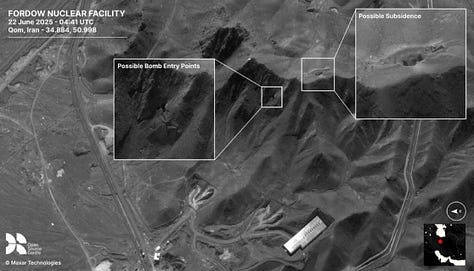
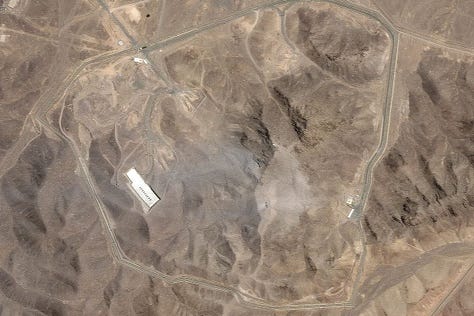
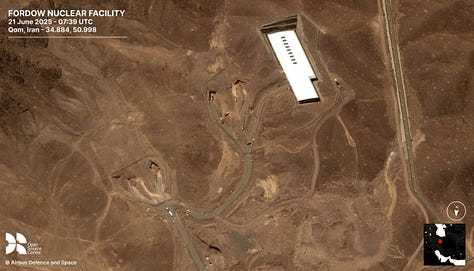
CAPTION: The complete intelligence failure: satellite imagery shows entrance and exit filled in with dirt at Fordow on June 20-21 (left), followed by three distinct bomb craters after the U.S. strikes on June 22 (right). The 48+ hour gap between surveillance and attack provided Iran with a crucial operational window that appears to have been expertly exploited. The (center) photo shows non-oxidized rock debris spraying sideways. Credit: Maxar Technologies / Open Source Centre
What emerges is the chilling possibility that America’s most sophisticated weapons were used to destroy not a vital organ of Iran’s nuclear program, but an elaborate stage set—while the real performance played out in the shadows, resulting in the destruction of one of Israel’s most sensitive facilities and the potential compromise of an entire intelligence network.
For all its destructive power, the GBU-57s were rendered metaphorically inert against an enemy that had already left the battlefield—a spectacular failure of America’s most advanced conventional weapon, bouncing off a fortress wall while the garrison struck back from an entirely different direction. Trump, Netanyahu, the entire global western military surveillance state risked everything on a weapons system that had never been tested in theatre and lost badly.
CAPTION: Overview of the Fordow nuclear facility built deep inside a mountain, showing the scale of fortification that Iran built specifically to withstand bunker-busting weapons. The facility’s survival, combined with reports of pre-strike evacuation, raises fundamental questions about the intelligence behind the operation. Credit: Airbus Defence and Space
The IRGC’s final warning carries new weight: “Those who have committed aggression on this land must now expect painful and regrettable responses.” The question is no longer whether Iran will retaliate, but whether it already has—and whether anyone in Washington or Tel Aviv fully understands what just happened to them.
In the annals of intelligence history, this may be remembered not as a successful demonstration of American military superiority, but as the moment when a regional power proved it could systematically exploit the blind spots in trillion-dollar surveillance systems, turn defensive evacuations into offensive intelligence operations, and emerge stronger from direct confrontation with the world’s most advanced military technology.
The “Mission Accomplished” banner that once symbolized premature victory declarations now seems prophetic in the worst possible way—not for American success, but for the sophisticated adversary that just taught the world’s sole superpower a master class in 21st-century warfare.



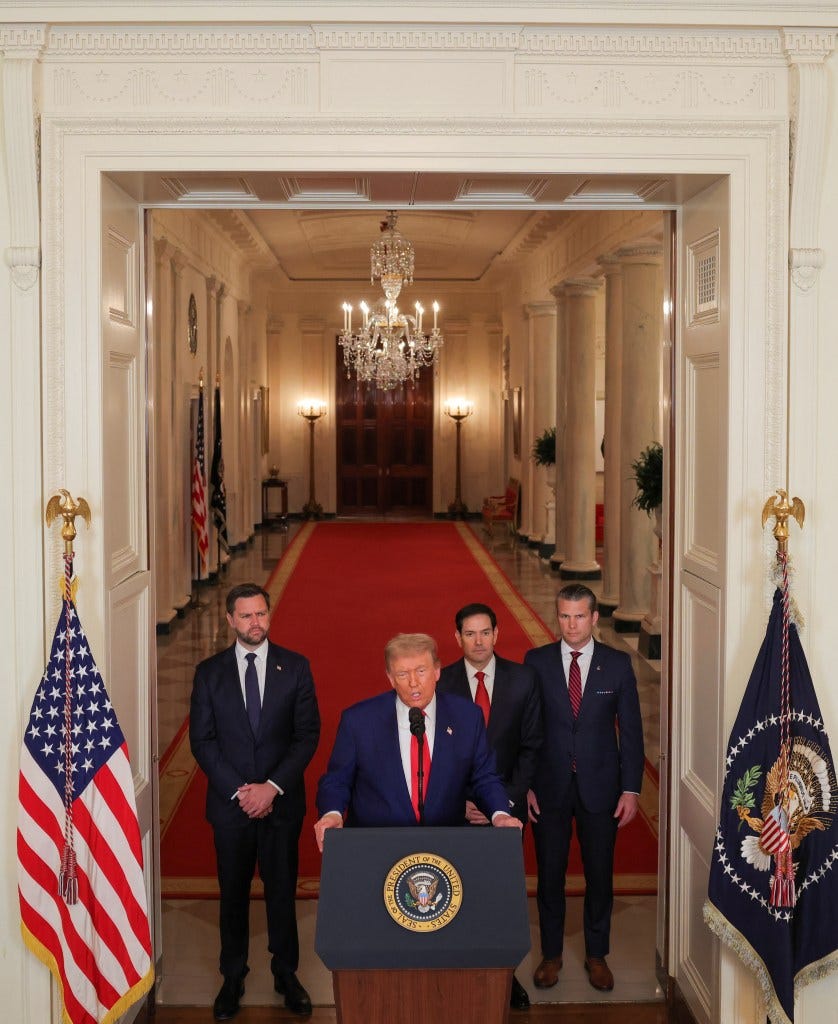
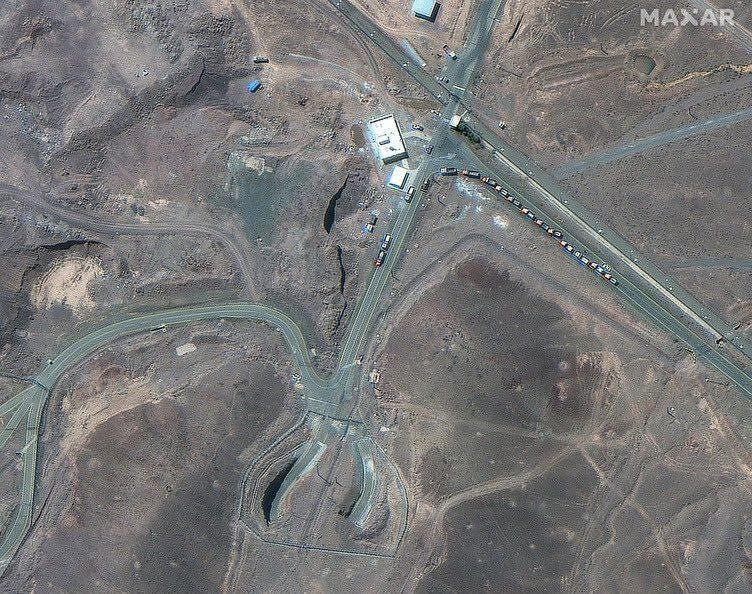

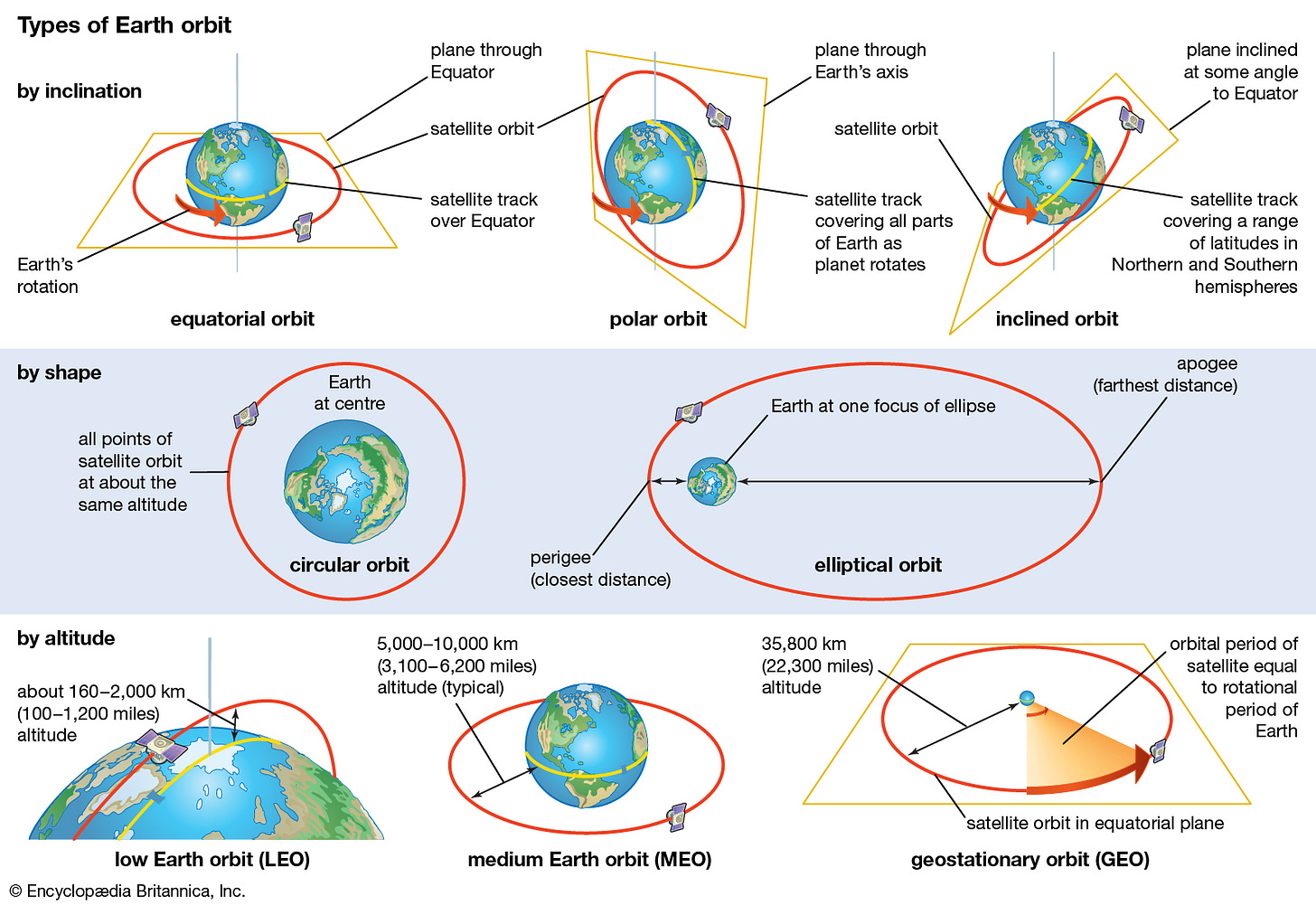

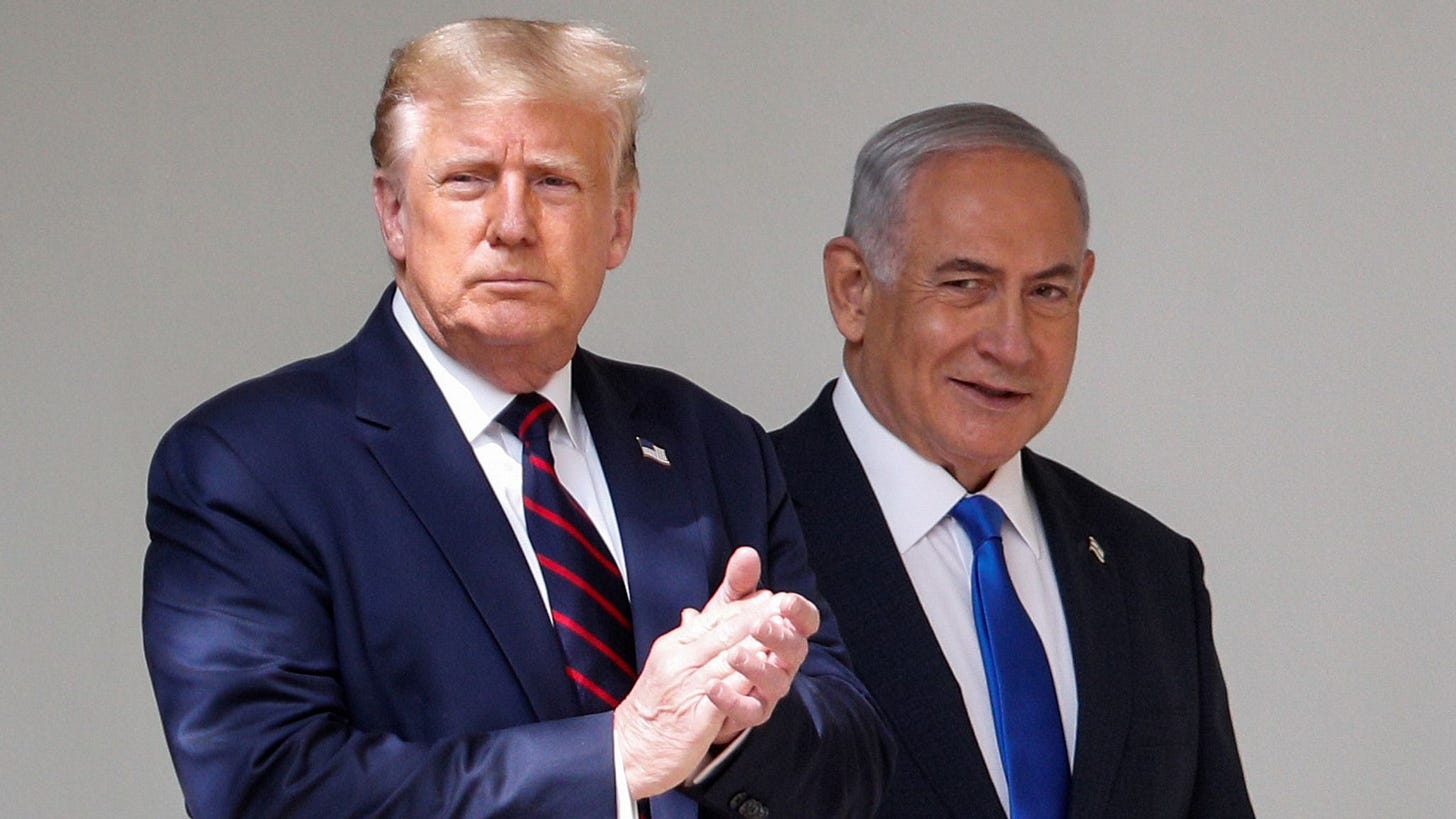

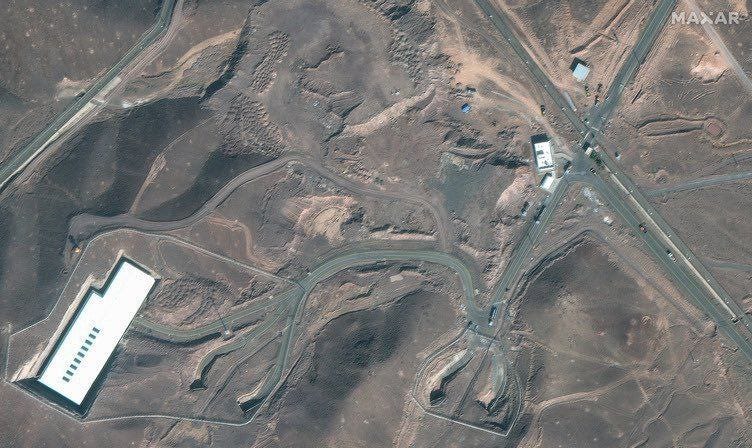


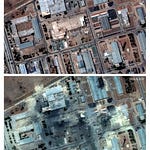

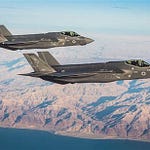
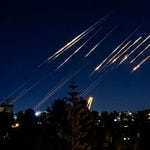


Share this post